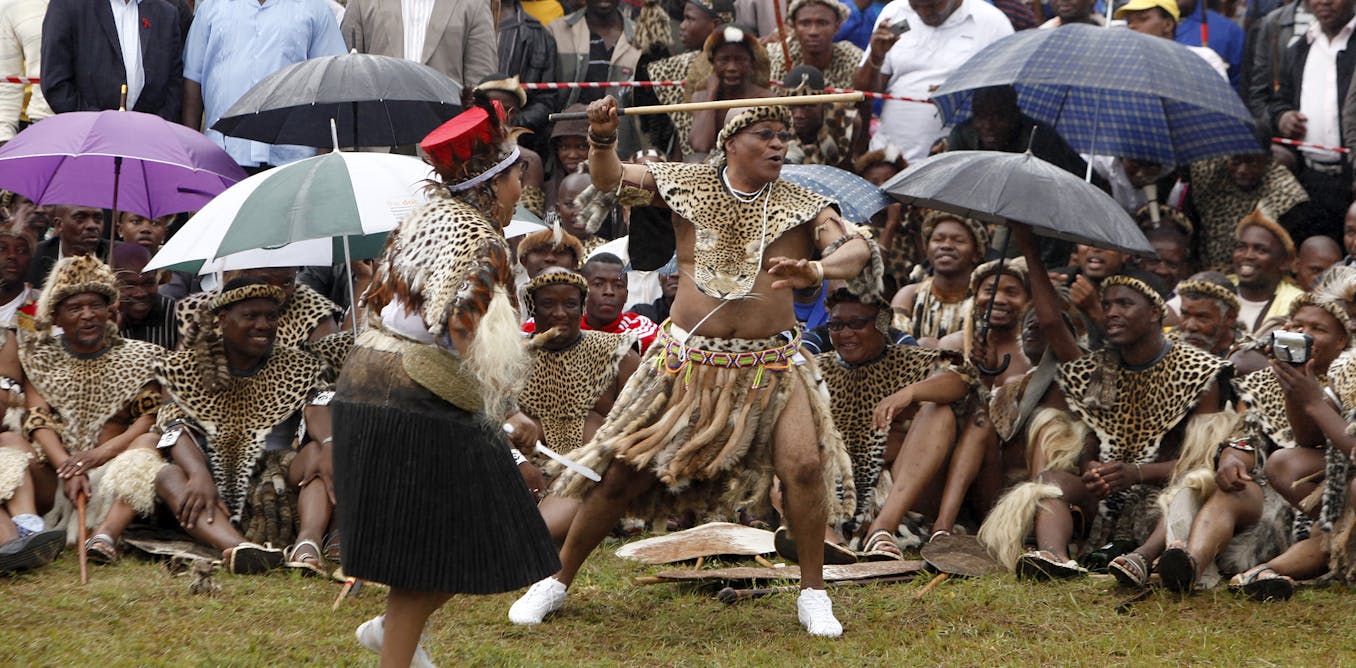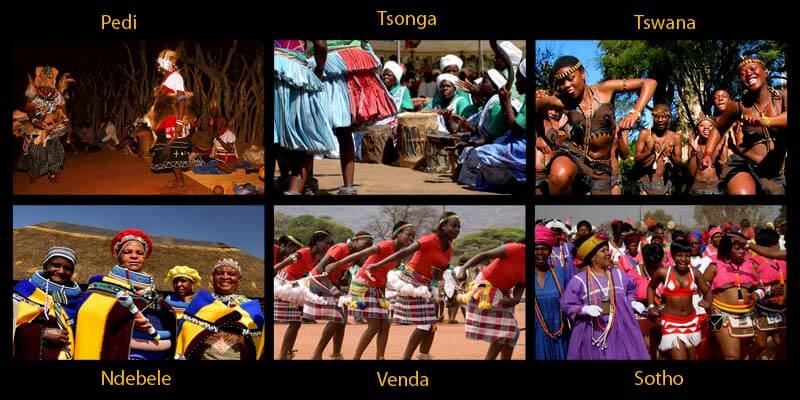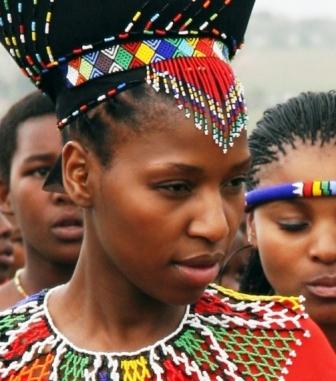Unknown Facts About South African Culture Today
Unknown Facts About South African Culture Today
Blog Article
What Does South African Culture Today Do?
Table of ContentsThe 7-Minute Rule for South African Culture TodayHow South African Culture Today can Save You Time, Stress, and Money.South African Culture Today - TruthsFacts About South African Culture Today RevealedIndicators on South African Culture Today You Need To KnowThe 10-Minute Rule for South African Culture Today
This follows with vocal singing and drum whipping. The bride and bridegroom after that consult with the seniors and speak concerning the significance of their union. An issue of significance in Zambian towns is the diing of liked ones. All participants of the town placed cash, effort and time with each other for the interment of the deceased.Songs and dancing is an extremely important element of the Zambian culture. The numerous tribal devices have their own dance kinds; however, makishi is typical among all people.
Some Known Questions About South African Culture Today.
When it involves songs, drums are used the most, with a range of drumming events. In Zambia, bulk of individuals are Christian; Protestant and Roman Catholic. There are small groups of Muslims and Hindus, with the rest following regional native tribal beliefs.

South African heritage and culture is greatly diverse, and contains various teams of people who each have their own traditions and ideas. Having such a diversity of individuals and societies is what makes South Africa so distinct. In real feeling of the expression, we are a rainbow country.
Making it the 7th on the list of nations with the most Portuguese people in it outside of Portugal. Portuguese is not just a society, however it is likewise a language and a race. Portuguese people originate from the country of Portugal in Europe, however, due to Portugal (like many other countries in Europe) checking out the world and overcoming other nations throughout the 15th 20th centuries, South Africa has what we call Portuguese South African's living in it.
The Single Strategy To Use For South African Culture Today
Among the famous attributes of the topography is a plateau that covers virtually 2 thirds of the facility of the country. The plateau complex climbs toward the southeast, where it climaxes in the Drakensberg variety, component of a cliff that separates the plateau from the coastal areas. The Drakensburg consists of Champagne Castle, the highest possible optimal in the country.
The area north of the Witwatersrand, called the bushveld, slopes downward from east to west towards the Limpopo River, which develops the global border. The western area of the plateau, the middleveld, also comes down in the direction of the west and varies in elevation in between the highveld and bushveld. In between the Drakensburg and the eastern and southerly shoreline, the land descends to the sea.
Nearer the shore there is a low-lying plain called the eastern lowveld. Southwest of the plateau the nation ends up being considerably more arid, providing method to the hostile desert of the Great Karroo, surrounded on the east by the reduced, better watered plateau of the Little Karroo. Separating the dry southerly interior from the sandy littoral of the southern coast and West Cape is one more array, the Langeberg.
The Buzz on South African Culture Today
The country's racially, ethnically, and politically split background has created nationwide and subnational signs that still operate as icons of the country, and others icons that are approved just by certain teams. The monoliths to white settler conquest and political supremacy, such as the Afrikaner Voortrekker ("pioneer") Monument in Pretoria and the Rhodes Monument honoring the British colonial empire builder and Cape prime minister Cecil Rhodes, stay sectarian icons.
The very first contemporary occupants were the San ("bushman") hunter-gatherers and the Khoi ("Hottentot") peoples, who rounded up livestock (South African culture today). The San may have existed for countless years and left evidence of their presence in countless old cave paints ("rock art"). Bantu-speaking clans that were the ancestors of the Nguni (today's amaZulu, amaXhosa, amaSwazi, and vaTsonga peoples) and Tswana-Sotho language teams (today's Batswana and Southern and Northern Basotho) migrated below eastern Africa as very early as the fifteenth century

The 2 former republics of the Orange Free State and Transvaal (South African Republic) were established by Afrikaner settlers who defeated and dispossessed the Basotho and Batswana. Lesotho would have been forcibly integrated right into the Orange Free State without more helpful hints the expansion of British security in 1869. The utmost marriage of the country arised from the South African Battle (18991902) in between the British and both Afrikaner republics, which decreased the nation to spoil at the start of the twentieth century.
Afrikaners historically considered themselves the only real South Africans and, while approving full citizenship to all citizens of European descent, refuted that status to people of color till the democratic shift of 1994. British South Africans maintain a feeling of social and social connection to Great Britain without deteriorating their identification as South Africans.
An Unbiased View of South African Culture Today
The diversity and fragmentation within ethnic Source collections and the equilibrium of stress in between those teams during the twentieth century prevented interethnic civil problem. While intergroup tensions over sources, entitlements, and political dominance remain, those problems are as likely to pit Zulu versus Zulu as Zulu versus Xhosa or African against Afrikaner.
From colonial India, British vendors and administrators brought the bent steel ornamental roofing systems and slim lace job columns that still exemplify the terraces of homes in communities and cities throughout the country. Residences of worship contribute an important architectural facet also in the tiniest towns. Along with the soaring steeples and classic stonework of Afrikaans Dutch Reformed churches, Anglican churches, synagogues, mosques, and Hindu temples offer selection to the spiritual building scene.

Slaughtering and the brewing of traditional grain beer are crucial in securing the participation and a good reputation of the forefathers that are taken into consideration the guardians of good luck, prosperity, and well-being. Indian communities preserve their native culinary customs and use them on Islamic and Hindu routine and ritualistic occasions. Afrikaners and Coloured individuals collect at weekends and unique occasions at multifamily bbqs called braais, where neighborhood bonds are strengthened.
Due to the fact that this was the main financial enterprise of both black Africans and white colonists, dispute between those teams fixated the belongings of grazing land and animals. In 1867, the largest ruby deposits worldwide were uncovered at Kimberley in the west Homepage main location. The wealth from those fields aided fund the exploitation of the best gold coral reef on the planet, which was uncovered on the Witwatersrand in 1886.
South African Culture Today - An Overview
This resulted in misconceptions and purposeful misstatement in the transactions of white inhabitants and government authorities with African principals during the early american period (South African culture today). In the establishment of African gets, some elements of communal and mainly "tribal trust" land period were preserved, and also in white rural locations, types of communal period were still practiced in locations with African communities
After the democratic transformation of 1994, programs for land restitution, redistribution, and reform were set up, but progress has actually been sluggish. The white minority still regulates eighty percent of the land. In the wake of farming land intrusions in Zimbabwe, the Department of Land Matters has actually promised to speed up land redistribution.
Report this page